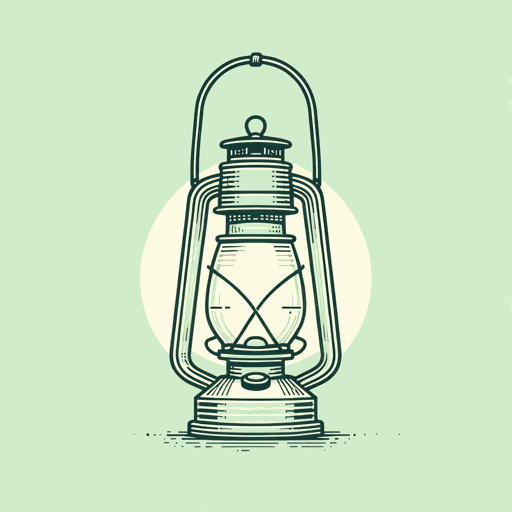82 pages • 2 hours read
Henry David ThoreauWalden
Nonfiction | Autobiography / Memoir | Adult | Published in 1854A modern alternative to SparkNotes and CliffsNotes, SuperSummary offers high-quality Study Guides with detailed chapter summaries and analysis of major themes, characters, and more. For select classroom titles, we also provide Teaching Guides with discussion and quiz questions to prompt student engagement.
Chapters 7-9Chapter Summaries & Analyses
Chapter 7 Summary: “The Bean-Field”
Thoreau contemplates the labor of tending to his bean fields, using the opportunity to discuss the process of land cultivation. He wonders “what right” he has to disrupt the blackberries and johnswort that grow naturally on his land and what learnings can be discerned from his disturbances.
Thoreau ponders the natural processes of regrowth, using pine trees as an example: “The pines still stand here older than I; or, if some have fallen, I have cooked my supper with their stumps, and a new growth is rising all around” (266). Likewise, he reflects that “Almost the same johnswort springs from the same perennial root in this pasture” (266). In this way, Thoreau suggests that even while cultivating the earth, humans can live in harmony with their surroundings. The key is to take no more than needed and to give nature time to replenish itself.
The blackberries and johnswort are not the only former residents of Thoreau’s field. While working in the bean fields, he often turns up remnants of Native American arrowheads. Examining these arrowheads, he realizes that “an extinct nation had anciently dwelt here and planted corn and beans ere white men came to clear the land” (267). He muses that the planting of beans and corn have likely remained the same for centuries, from the Native Americans’ time to his present.
Related Titles
By Henry David Thoreau




